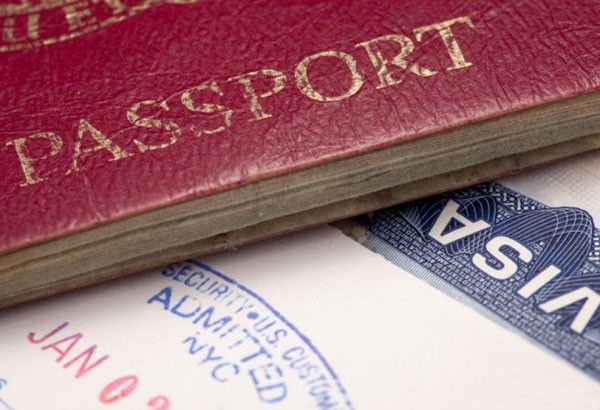IMMIGRATION CORNER: HR 1044 would hurt and help Filipinos
.
On July 10, 2019 the US House of Representatives passed the Fairness for High-Skilled Immigrants Act of 2019 (HR 1044). To become a law, it would still have to pass in the Senate and be signed by President Trump. Its provisions would increase the waiting time for green cards through Filipino employment-based petitions, and decrease the waiting time for Filipino family-based petitions:
It would eliminate the per-country limit for all employment-based immigrants; and
It would increase the per-country limit for all family-sponsored immigrants from 7% to 15%.
ADS by Cloud 9:
.
– SPACE RESERVE FOR YOUR ADVERTISEMENT –

.
.
Each year, the US government allocates a certain number of world-wide immigrant visas, and the various countries get equal allocations. It is like a pizza pie: each slice of pie is exactly the same size for each country, regardless of how many people may have applied from a particular country. A person is eligible for their visa when the “priority date” on their case finally becomes current for their country on the monthly Visa Bulletin.
Some countries, with large populations, have a tremendous backlog for employment-based immigrant visas, especially China and India. There are some estimates that because there are so many Indians applying for immigrant visas, the waiting time could be up to 60 years, based on their priority date. Other countries, where not so many people have applied, have a very short waiting time, even though their priority date may have been much later than the priority dates of Indians or Chinese.
ADS by Cloud 9:
.
– SPACE RESERVE FOR YOUR ADVERTISEMENT –

.
HR 1044 would eliminate the per-country allocations of employment-based visas, and instead people would receive their immigrant visas on a first-come, first-served basis. This would result in Chinese and Indian cases with older priority dates moving ahead of many other countries with more recent priority dates, such that the average waiting time for an employment-based visa may increase to up to seven years. Countries that did not previously have a significant wait time in employment-based preference categories will undoubtedly see an increase in their wait time.
Many high-tech companies favor this change, because they want to hire Indian and Chinese high-tech workers, but the wait is so long. This could result in Filipinos and applicants from other countries now having to wait longer, so that the Indian and Chinese immigrant visa applicants will move ahead in the line.
As for family-based petitions, HR 1044 proposes to increase the amount of visas from 7% to 15%, which represents an increase from 15,820 to 33,900 family sponsored green card that any single country could receive in a fiscal year. This proposal would benefit the Philippines, as the backlog for family-based petitions is very long, and it would mean the Philippines would receive more family-based visas and a shorter waiting time.
Again, this is only a proposal, and must still pass the Senate and be signed by President Trump. However, I would urge people who are thinking about pursuing an employment or family-based petition to file them before this law takes effect, as there is a “do not harm” provision in HR 1044 which provides that these new allocations may not apply to employment-based petitions that have been approved. For family-based cases, it means that the backlog or waiting time will be much shorter for Filipinos.
Website: www.gurfinkel.com
Follow us on Facebook.com/GurfinkelLaw and Twitter @GurfinkelLaw
Four offices to serve you: Philippines: 8940258 Or 8940239; Los Angeles; San Francisco; New York: Toll Free Number: 1-866-Gurfinkel (1-866-487-3465)
The Philippine Star
ADS by Cloud 9:
.
– SPACE RESERVE FOR YOUR ADVERTISEMENT –

. All photographs, news, editorials, opinions, information, data, others have been taken from the Internet ..aseanews.net | [email protected] | For COMMENTS- Eagle Rock
All photographs, news, editorials, opinions, information, data, others have been taken from the Internet ..aseanews.net | [email protected] | For COMMENTS- Eagle Rock










